Spotlight: Charlotte Henry-Stumpe and Rebecca Alford talk us through student art spaces, writing proposals and volunteering for FOYER!
- Anti Burnout Initiative
- Apr 29
- 5 min read
29/4/25
Charlotte Henry-Stumpe and Rebecca Alford
Edited by Beth Evans
BE: How did you get involved with FOYER?
RA: We had the opportunity to apply for our roles within our cohort just after the start of our 3rd year [at Arts University Plymouth].
CHS: Originally I got involved with the Foyer space when I submitted work to a group show, this gave me the confidence to propose my own open call and show in the space. It was such an affirming experience and the previous curator of FOYER, Miranda Hallet-Pullen, encouraged me to apply for the role afterwards- so I did and was fortunate enough to get it!
BE: Working as a duo must come with its own set of challenges and rewards. How do you navigate creative differences, decision-making, and balancing your individual visions while managing FOYER together?
CHS: Working in tandem is not always easy but thankfully Becky is a joy to work with! When I have been stuck for ideas and lacking proposals Becky has provided great suggestions.
RA: I feel lucky that we both have strong opinions and are able to discuss them with each other. We value each other's opinion, which makes our roles much easier.

(photo credits Charlotte Henry-Stumpe)
BE: Charlotte - What are some top tips you have for students writing proposals to exhibit work in FOYER?
CHS: Top tips! For a good proposal I would recommend writing it up in a proper document, always makes it seem more official! Detailed information is great but keep a healthy balance of getting straight to the point too! Pictures of work are really important, as artists we are very visual people so any images really help to clarify our ideas.
BE: What role do you think a gallery space like FOYER plays in the larger art ecosystem?
CHS: A gallery space like the FOYER is so integral to the wider art community. Galleries and out of institution spaces can sometimes feel really inaccessible for students or emerging artists, so the FOYER functions as a really great launchpad for those wanting to test work or for those who want to exhibit with fellow artists for the first time. Space dedicated to just students is vital in such a busy art industry, experiences learnt here can lead to exhibitions within the larger art ecosystem.
RA: Staring out exhibiting work within AUP in spaces such as FOYER can give artists the confidence in their work to apply to galleries and call-outs outside of AUP. It fosters artists starting out, enabling them to move onto bigger projects and spaces.

Studio 11 (photo credits: Arts University Plymouth)
BE: What role do you think FOYER plays in fostering a sense of community between students from different disciplines
RA: From the perspective of a Fine Art student, it’s been great connecting with new people across AUP. Often we get so wrapped up in our studio we don’t engage with others as much, and FOYER opens up those opportunities to us.
CHS: The FOYER plays an important role in terms of bridging gaps and providing exposure within the university community. Even if it's sometimes just within the Fine art cohort there is already such a range of mediums and disciplines so it can be really productive to see what sort of work our peers are making. Often once we can put a name to the work, really interesting conversations start to emerge.
The FOYER in many ways also acts as a bridge between what is commonly referred to as our little island and the mainland across the road. Students can come and support peers and friends from different courses by viewing group shows or exhibiting with students from a multitude of disciplines
BE: How do you see the relationship between university curricula and the work exhibited at FOYER?
CHS: There is certainly a symbiotic relationship between the curriculum and the space- there are countless ways it feeds into graded work. I would encourage any student who has the time, to engage as much as they can with the FOYER space. For example, it fosters collaboration and networking amongst peers, provides the opportunity for technical installation experience, allows for work to be tested before deadlines, offers the chance for proposals to be read, open calls to be published and work to be exhibited. All of these opportunities are key to professional practice units and are also great to add to an artist's CV.
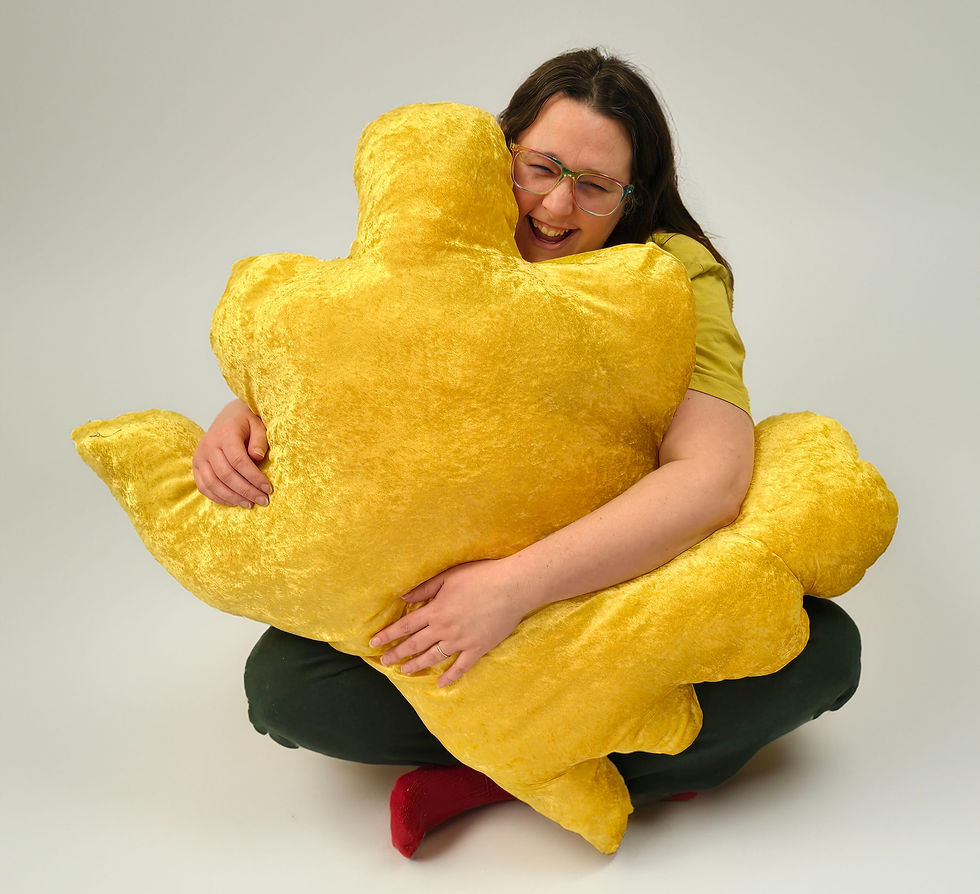
(photo credits Rebecca Alford)
BE: Becky - What audience do you hope the work at FOYER reaches and how do you utilise social media to accomplish that?
RA: My goal has been to reach as many staff and students within AUP as I can, but it’s always great when we get interactions from people outside of university. Having good relationships with people exhibiting and being genuinely interested in their work helps grow an audience.
BE: Was there a learning curve around your responsibilities as students and managing your time/energy?
RA: Absolutely, running a social media account has a lot more behind the scenes tasks than I realised!
[follow the FOYER @foyer_studio11 ]
CHS: I would love to be able to say this role slotted right into my practice but that would be too easy! There has definitely been a learning curve involved, a lot of timetabling drama, cancellation and re-organising. While the role does feed into my professional practice unit, in which I am researching the role of curator, the commitment definitely has taken up more time than I thought it would. Creative problem solving has been put to use in order to keep the space full of work and keeping a diary with strict deadlines has helped. All I need now is to apply the same scheduling methods to my own art practice…
BE: Becky - How do you hope to build and maintain an engaged social media community?
RA: Being consistent with posting and always tagging the artists exhibiting has been vital to keep an audience engaged. Another important aspect is having good images of people's work, not just for engagement, but to show off the artist's work at its best.
BE: Charlotte - What’s the biggest problem you’ve had to overcome when installing someone’s work?
CHS: Usually the biggest problem to overcome when installing other artists' work is doing them justice and attempting to show their work in a way that is most impactful and effective. This can sometimes be a challenge if the pieces are quite delicate as installation methods have to be more considered and placement may have to be changed due to proximity of the doors, it has happened that work has been blown down on particularly gusty days.
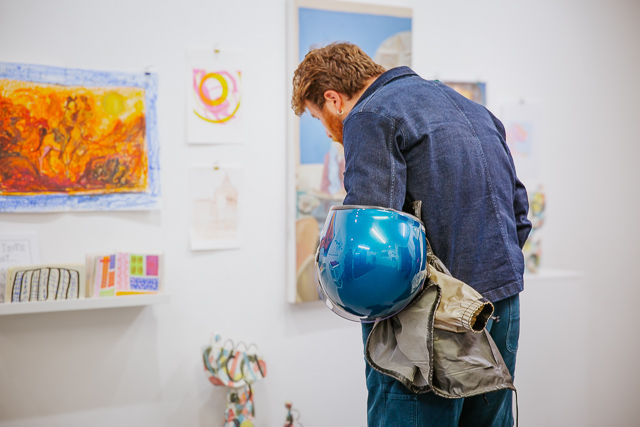
Half Baked, 2025 (photo credits: Annie Williams)
BE: Can you highlight some of the projects that have been the most fun to work on?
RA: I really enjoy watching artists use the space to test and change work. It’s exciting to come in each day and see them changing things and working through problems. It also gives me an opportunity to find out more about what they are doing.
CHS: There have been so many great projects that have happened in the FOYER space, it was great to see the anti-burnout initiatives exhibition come to life and to be able to participate in their show. Most recently working in collaboration with the library to produce an artist publication open call and exhibition which will run from the 28th April onwards. So make sure to come and see it! (It's the second last show in the FOYER space for the academic year too!)
BE: Well, thank you so much for talking to us about the FOYER and all the great work you're getting up to. And don't forget, everyone, to head over and see the show. We'll pop the poster down below!
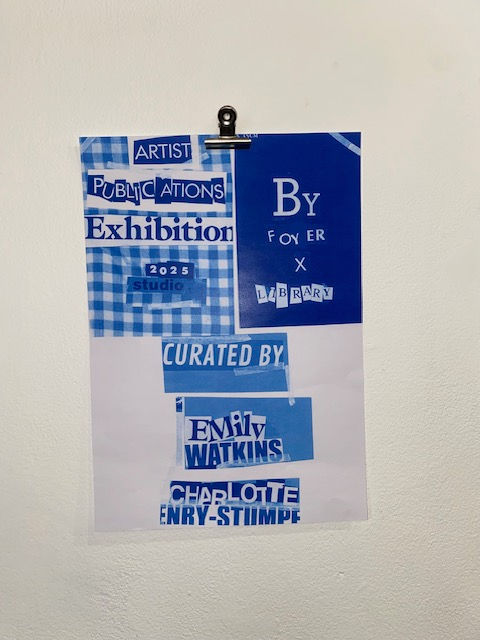
_edited.png)
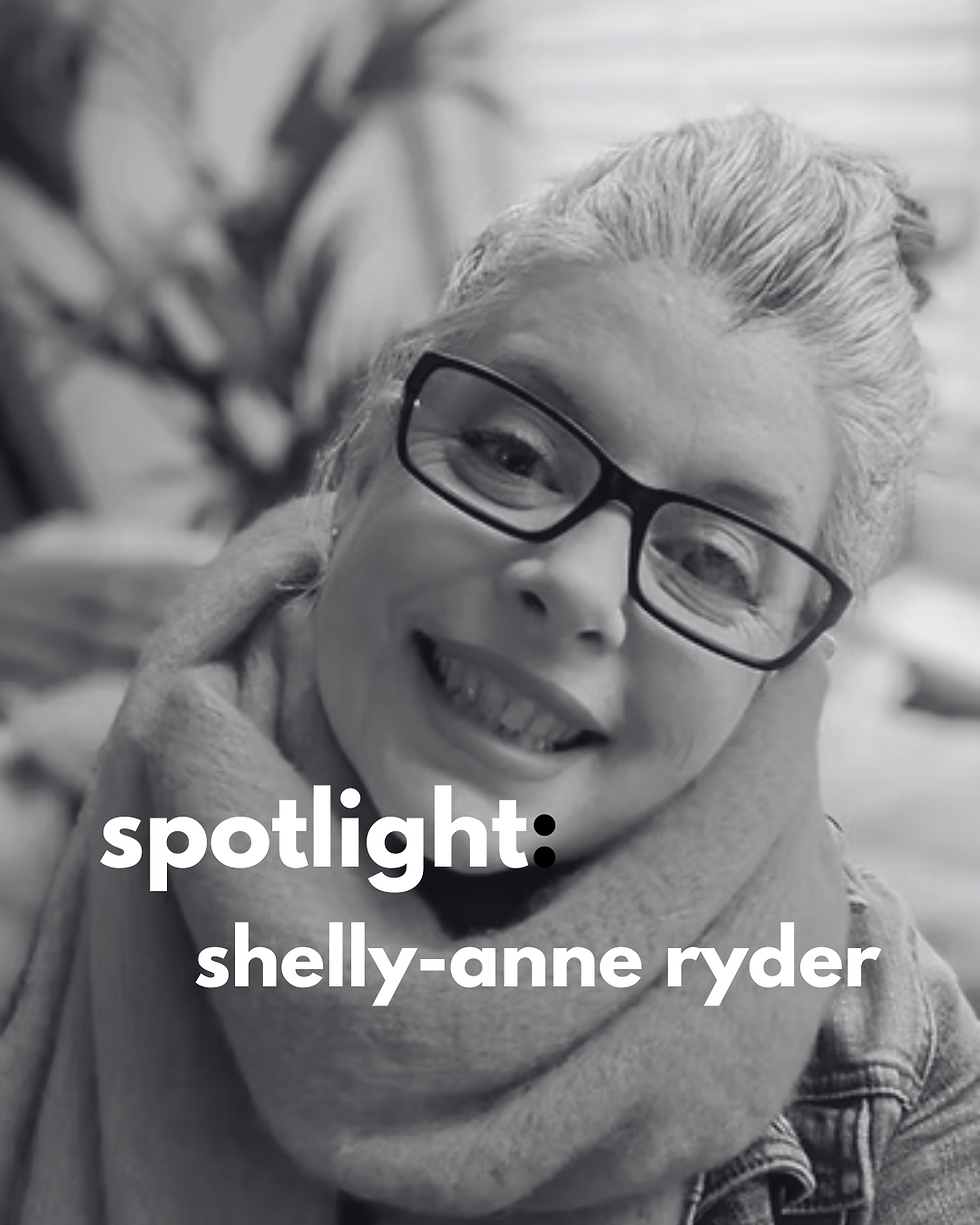
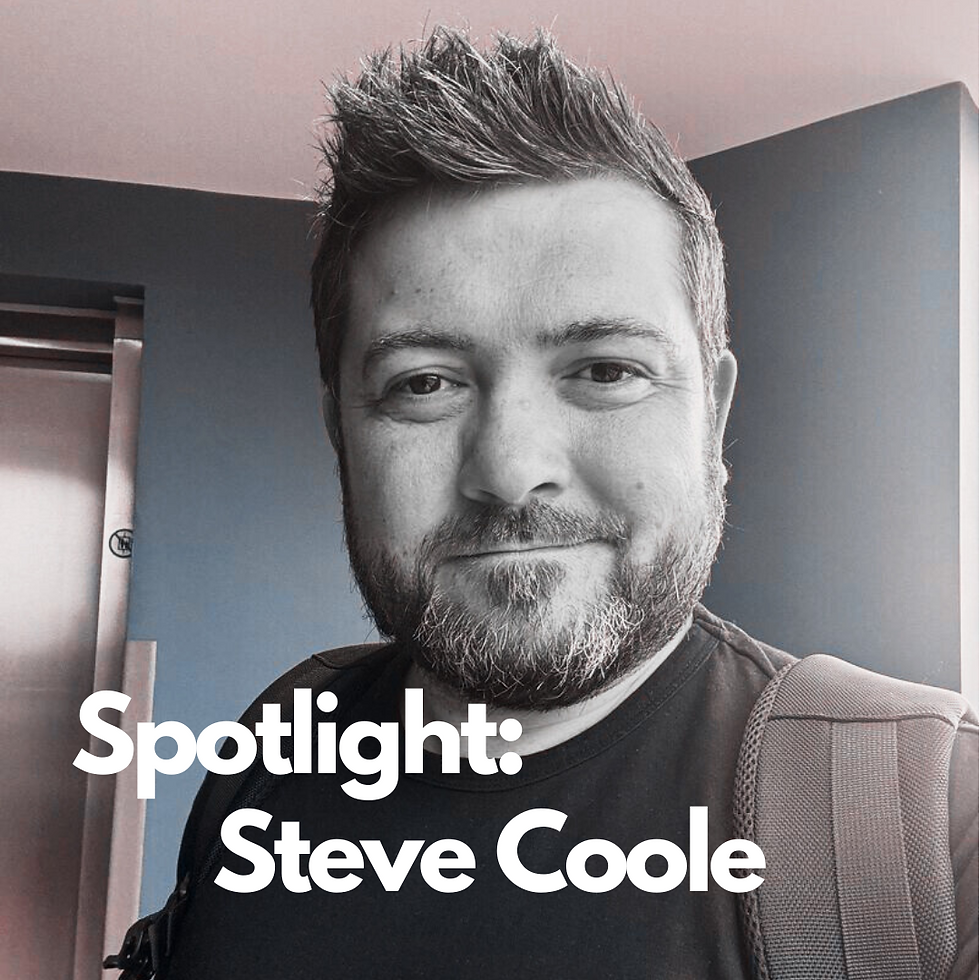

Comments